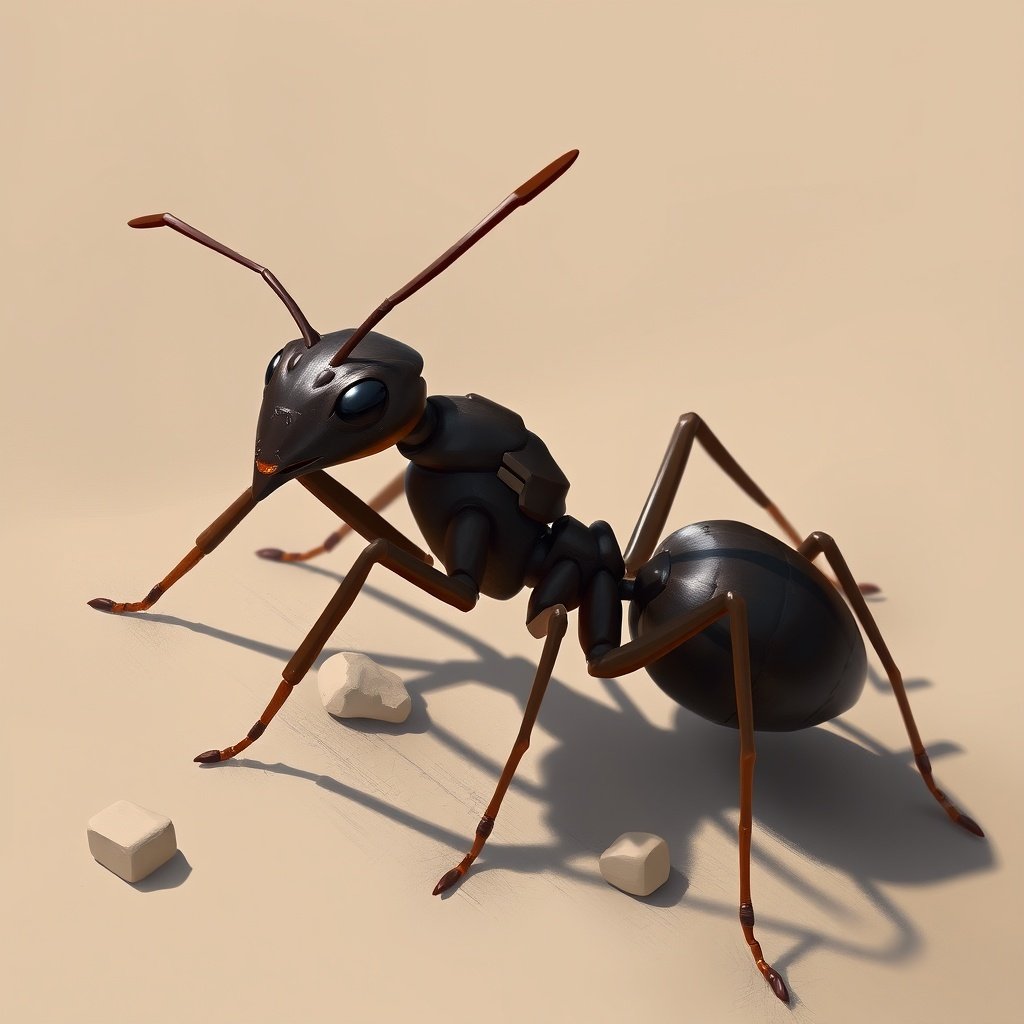** Ants: The Amazing World of Social Insects **
Ants are the oldest and most successful species on earth. They have been acclaimed for their wisdom since ancient times. You can find them all around the globe, from arid deserts to lush rainforests. Ants exhibit fascinating behaviors, such as building complex societies and engaging in collective problem-solving.
They have managed to survive for the last 100 million years, showcasing their resilience and adaptability. Ants breathe through tiny openings called spiracles, which allow them to efficiently exchange gases without lungs, and a few species even exhibit hibernation-like behaviors during extreme weather conditions.
In their colonies, ants exhibit social behaviors that can sometimes resemble enslavement, as some species will raid others to capture individuals and bring them back to their own colonies. This phenomenon highlights the complexity of ant interactions and their strategies for survival.
In addition to their ecological roles, ants have inspired countless studies in biology and robotics, leading to advancements in algorithms that mimic their behaviors for problem-solving and optimization.
For those interested in studying the world of ants, there are numerous resources, documentaries, and research studies available that explore their amazing capabilities and behaviors.
As social insects, ants have a caste system, which includes queens, workers, and drones. Each caste has specific roles, such as reproduction, foraging, and nest maintenance, contributing to the colony’s overall success and survival.
Ants exemplify the complexity of life and the interconnectedness of ecosystems, making them a fascinating subject for study and appreciation.
Ants also exhibit remarkable communication skills, primarily through pheromones. These chemical signals help them to convey information about food sources, danger, and colony activities, ensuring that they work together seamlessly.
Moreover, army ants are known for their aggressive foraging behavior, where they form large swarms to hunt down prey. Their coordinated attacks can take down animals much larger than themselves, showcasing their efficiency as predators.
Different species of ants exhibit a wide range of behaviors. For example, leafcutter ants engage in a unique relationship with fungi. They cut leaves and bring them back to their nests, where they cultivate the fungi with the plant material. This mutualistic relationship benefits both the ants and the fungi.
Ants play a crucial role in ecosystems as decomposers, helping to break down and recycle organic matter. They aerate the soil, which enhances plant growth, and their foraging activities contribute to seed dispersal, promoting biodiversity.

image Picsart and MIB
Read more
Shop tips
Thank you for shares and comments! 😀🎉
Lulu | Content | Glossary | All References




